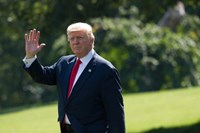Oil and Gas Prices

News
December 16, 2025
Brent crude slipped below $60/bbl for the first time since May, as rising global supply continues to outpace demand. A growing surplus outlook for 2026, combined with easing geopolitical risk premiums, is adding fresh pressure to oil markets.

News
December 15, 2025
The Middle Eastern oil market has weakened in recent weeks on concern that regional supplies will outstrip demand, adding to signs of a softening global picture that’s weighed on benchmark crude futures.

News
December 05, 2025
EIA and Macquarie offer starkly different views on 2026 oil and gas prices, with both warning of oversupply but diverging on how steep the decline may be.

News
December 04, 2025
Saudi Aramco has slashed its Arab Light crude price to the lowest level since 2021, signaling mounting global oversupply and softer demand as OPEC+ prepares for a slower start to 2026.

News
November 28, 2025
Petrobras reduced its five-year investment plan to $109 billion, citing weaker oil prices and shifting political pressures. The cut raises investor concerns over dividend yields as the Brazilian state-controlled producer prioritizes long-term offshore expansion.

News
November 18, 2025
The U.S. Treasury says its latest sanctions on Rosneft and Lukoil are pushing Russian crude prices to multi-year lows and prompting major Indian and Chinese buyers to pause December purchases. Officials warn additional measures may follow as the U.S. targets Moscow’s oil revenue.

News
November 14, 2025
ADNOC Gas reported the strongest third-quarter results in its history, delivering $1.34 billion in net income—an 8% year-over-year increase—driven by robust domestic gas demand and improved commercial terms. Year-to-date profit reached $3.99 billion, up 10% from 2024, despite lower average oil prices.

News
November 13, 2025
Chevron CEO Mike Wirth says rising OPEC+ supply will pressure oil prices in 2026, while global LNG demand remains strong despite a supply surge later in the decade.

News
November 06, 2025
U.S. shale producers are increasing output despite $60 oil, leveraging drilling efficiencies and lower break-even costs to sustain record production.

News
October 29, 2025
ExxonMobil, Chevron, Shell, bp and TotalEnergies are pushing ahead with production growth in 2025–2026 despite falling crude prices and rising OPEC supply. Analysts say the oil majors are taking the long view, investing now to secure future resilience.

News
October 22, 2025
U.S. oil and gas mergers and acquisitions dropped to $9.7 billion in Q3 2025, marking the third straight quarterly decline, according to Enverus Intelligence Research. Analysts cite persistently low crude prices and fewer private-equity exits.

News
October 21, 2025
The Trump administration will purchase 1 MMbbl of crude oil to begin replenishing the U.S. Strategic Petroleum Reserve (SPR), marking the first step toward restoring the nation’s emergency supply following years of drawdowns.

News
October 21, 2025
The International Monetary Fund (IMF) says Saudi Arabia’s fiscal balance and current account depend heavily on oil price recovery and higher crude output. A 1 MMbpd rise in production could lift the kingdom’s fiscal balance by 3.2% of GDP as Vision 2030 spending expands.

News
October 17, 2025
Oil prices are on track for a third consecutive weekly loss as global oversupply forecasts and renewed U.S.-China trade tensions weigh on market sentiment. Brent crude traded near $60 a barrel, with analysts citing slowing demand growth and rising inventories as key factors.

News
October 07, 2025
Oil prices steadied after OPEC+ announced a modest 137,000-bpd increase for November, signaling continued supply restraint from Saudi Arabia and its allies.

News
October 03, 2025
OPEC+ members are debating the size of their next oil supply increase, with options ranging from a modest 137,000 bpd to a larger boost. The decision, expected at the November meeting, comes as crude prices trade near four-month lows.

News
September 08, 2025
Saudi Arabia will cut prices on all of its crude grades for buyers in Asia for next month as well as on most barrels to other regions after OPEC+ said it will continue to increase output, defying widespread expectations of a looming oversupply.

News
September 05, 2025
OPEC+ has agreed in principle to increase production again next month, according to delegates, as the group doubles down on its policy shift to pursue market share instead of defending prices.

News
September 04, 2025
Oil declined on concerns that OPEC+ will once again bolster supply at a meeting on Sunday, compounding fears of higher volumes later in the year. Russian Deputy Prime Minister Alexander Novak said OPEC+ will “look at the current situation as a whole” before making a decision.

News
September 01, 2025
Nigeria has set a lower threshold by which oil companies can recover their expenses as it seeks to boost government revenue amid lower crude oil prices threatening to widen the budget deficit in the West African nation.

News
September 01, 2025
Oil traders expect OPEC+ to hold crude production steady when it meets this weekend, as the group pauses after a series of accelerated supply increases.


